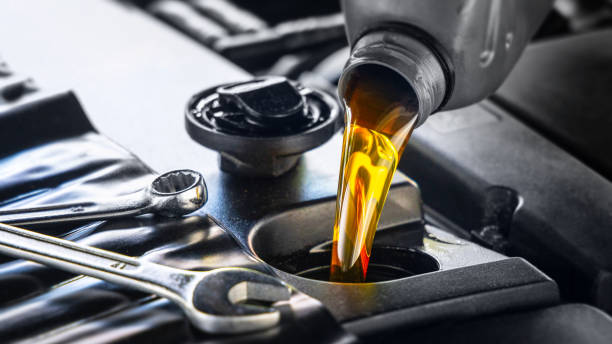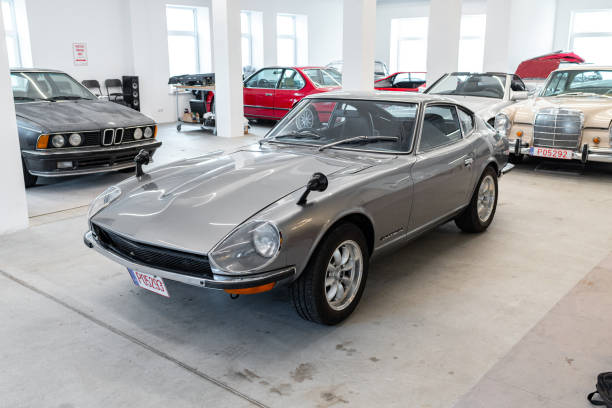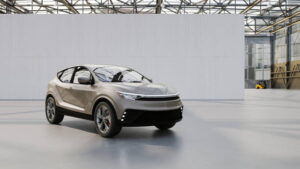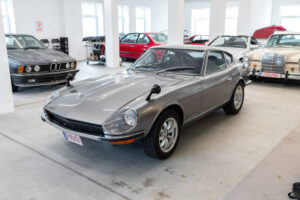Car modifications started shortly after automobiles became mainstream, with early enthusiasts seeking better speed and performance. Initially, these tweaks were about improving reliability and practicality rather than aesthetics.
During the 1950s, hot rod culture in America made performance mods a lifestyle. Builders experimented with bigger engines and custom paint jobs, forming a new culture that quickly gained momentum.
This culture wasn’t just about speed; it became personal expression. Car owners saw vehicles as blank canvases, and modifying cars turned into a social activity involving clubs, meets, and showcases.
The Role of Media and Pop Culture
Movies and television heavily influenced the car modding scene. Films like The Fast and the Furious brought underground car culture into the mainstream, inspiring a new generation of enthusiasts.
Music videos also showcased modified cars, from chrome rims to hydraulics. Hip-hop and rap culture especially highlighted lowriders and muscle cars, influencing fashion, music, and automotive customization.
Video games like Need for Speed gave players a taste of building dream cars. These digital experiences translated into real-world inspiration for modding and customizing personal vehicles.
The Shift Toward Personal Expression
Car modifications are now less about performance and more about individuality. Whether through custom wraps, LED lighting, or exotic body kits, modders express their unique style and taste.
Each vehicle becomes a reflection of its owner’s personality. From subtle touches to extreme overhauls, car mods blur the lines between machine and art, showcasing personal creativity.
Interior customization has also grown. Custom leather seats, sound systems, and dashboard designs allow owners to craft a driving environment that mirrors their lifestyle and priorities.
Technological Advancements Fueling Mod Culture
New tech makes car modifications more accessible. Tools like 3D printing and tuning software allow even beginners to personalize cars with professional-level results and share blueprints worldwide.
ECU remapping and performance chips are game changers. Now, anyone can increase horsepower or improve fuel efficiency with software updates, transforming everyday cars into powerful machines.
Smart sensors, adaptive suspension kits, and app-controlled mods enable real-time customization. These innovations keep the culture evolving with each new wave of car technology.
Global Influences and Regional Styles
Different regions shaped car modification in unique ways. Japan’s “JDM” scene emphasizes clean builds and performance, while America focuses on muscle power and bold aesthetics like flames and spoilers.
Europe leans toward subtle performance upgrades and luxury enhancements. In contrast, Southeast Asia features a mix of affordability and flash, showcasing creativity with limited resources.
Australian “Ute” builds, Middle Eastern supercar culture, and South Africa’s street mods further show how local preferences influence global trends in car modification.
Social Media’s Role in Global Expansion
Social media platforms like Instagram and YouTube turned car modders into influencers. Users now share builds, tutorials, and reviews with global audiences, creating international trends in real time.
Communities once limited to local meetups are now connected worldwide. A unique modification in Brazil could inspire a project in Germany within minutes of being posted online.
Hashtags like #carsofinstagram and #modifiedlife foster engagement. These online spaces not only promote creativity but also support the global growth of the modification community.
From DIY to Professional Shops
Car modification was once a garage hobby, but professional tuning shops now offer high-end services. These businesses cater to demand for expert craftsmanship and extreme vehicle transformations.
Some shops specialize in one area—like body kits, wraps, or performance parts—while others offer all-in-one customization. This gives enthusiasts of all budgets and skills options to explore.
Workshops have also turned into media hubs. They film builds, sell merchandise, and host events, blurring the line between automotive business and entertainment content creation.
Legal and Safety Considerations
With increased popularity come regulations. Countries have different laws regarding what’s street legal. Some mods may pass in one country but be banned or heavily fined in another.
Common legal concerns include altered exhaust systems, tinted windows, and ride height adjustments. Modders must research local laws to avoid fines, impounding, or insurance voids.
Despite limitations, laws often encourage safer modifications. Certified parts, emissions checks, and quality standards protect not just drivers but pedestrians and fellow motorists on public roads.
Environmental Concerns and Eco-Modding
The rise of sustainability has influenced car modification. Some enthusiasts now focus on eco-friendly upgrades, such as electric conversions, hybrid engine swaps, and solar-powered enhancements.
Lightweight parts and aerodynamic mods also reduce carbon footprints. These changes improve fuel efficiency and performance while aligning with environmental responsibility and future automotive goals.
Recycling materials, choosing low-emission components, and promoting electric vehicles show how the culture adapts to modern environmental challenges without losing its creative core.
Community Events and Car Shows
Car shows are vital to the culture. Events like SEMA, Tokyo Auto Salon, and local meets celebrate innovation, craftsmanship, and passion across all types of vehicles and modifications.
These gatherings offer more than visual spectacles. Builders network, exchange tips, and inspire one another while fans get to admire rare builds and cutting-edge mod techniques up close.
Even online car meets are gaining popularity. Virtual showrooms and livestreamed exhibitions have expanded access, making car events more inclusive and globally connected than ever before.
The Future of Car Modifications
As electric vehicles rise, car modding enters a new phase. With fewer moving parts and new technologies, modifications now involve software tuning, battery upgrades, and futuristic styling.
Autonomous driving features could also inspire creative integration. Custom dashboards, smart AI enhancements, and even augmented reality windshields may redefine what modification means.
The spirit of car modding—personal expression, innovation, and community—will remain. It’s simply evolving alongside technology, ensuring the culture continues to thrive across generations.
Conclusion: A Movement Without Borders
Car modifications began as localized subcultures but now span continents. It’s a movement that unites people through shared passion, turning cars into stories, statements, and living pieces of art.
Whether it’s a budget-friendly body kit or a six-figure supercar transformation, the motivation is the same: making something your own. That spirit transcends borders, languages, and age groups.
With constant evolution and new tech, car modding is more alive than ever. It’s no longer a trend—it’s a global phenomenon that keeps growing, driven by imagination and connection.












